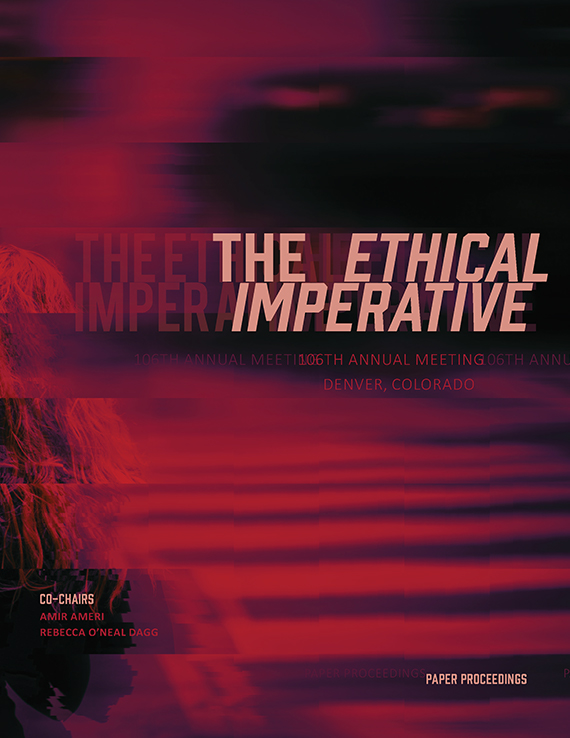Author(s): Brian Kelly
Prior to the development of the architect proper in the late 1500’s and early 1600’s, authorship was a shared condition. The Medieval construction of Gothic cathedrals, for example, was executed over several years and saw many people making decisions with regards its construction. The rise in a desire for ownership, recognition, and compensation paralleled in other disciplines seeking copyright ownership (ie. literature) translated to architecture as part of the development of the profession. In the case of architecture, the architect became a single author credited for all compositional decisions much like a painter to a master work. Fast forward to the end of the 20th century, the open design movement celebrated shared authorship most notably in software development. The Linux operating system, initially authored by Linus Torvalds, was later refined by a much larger group through open-source design approaches as source codes were shared and suggested changes were reviewed and accepted by the community at large. The open design movement has arrived in architecture and is challenging the trajectory of future professional practice.
Volume Editors
Amir Ameri & Rebecca O'Neal Dagg
ISBN
978-1-944214-14-2

 Study Architecture
Study Architecture  ProPEL
ProPEL 
